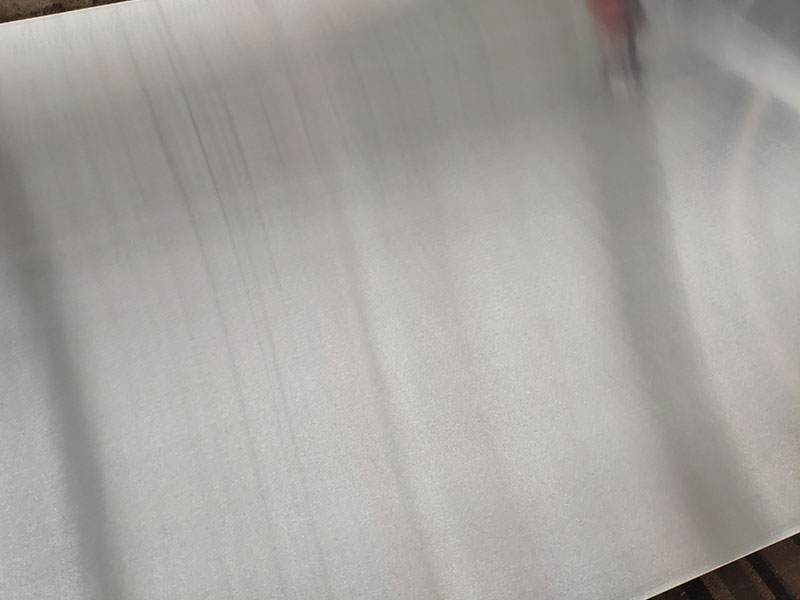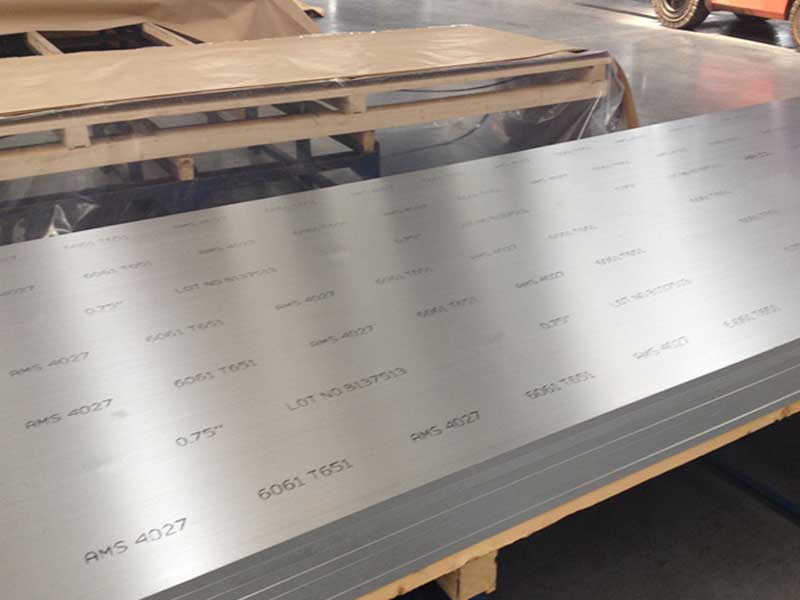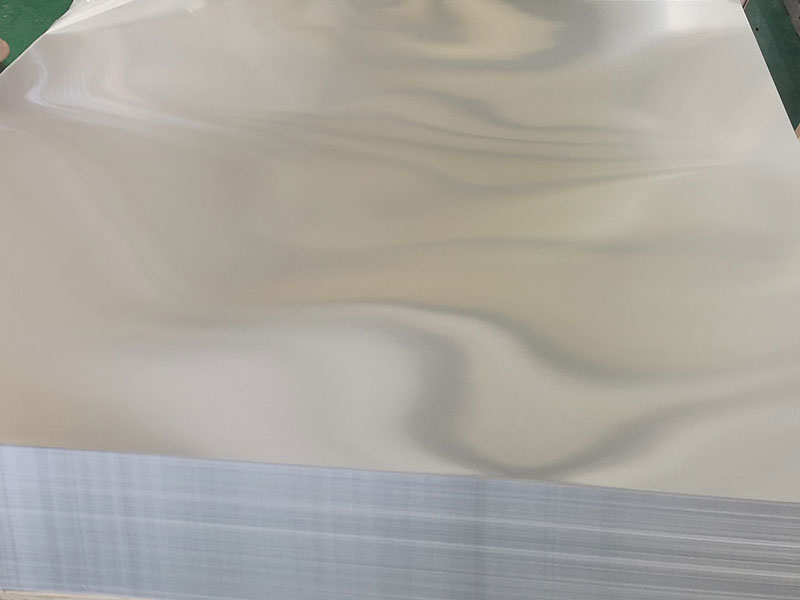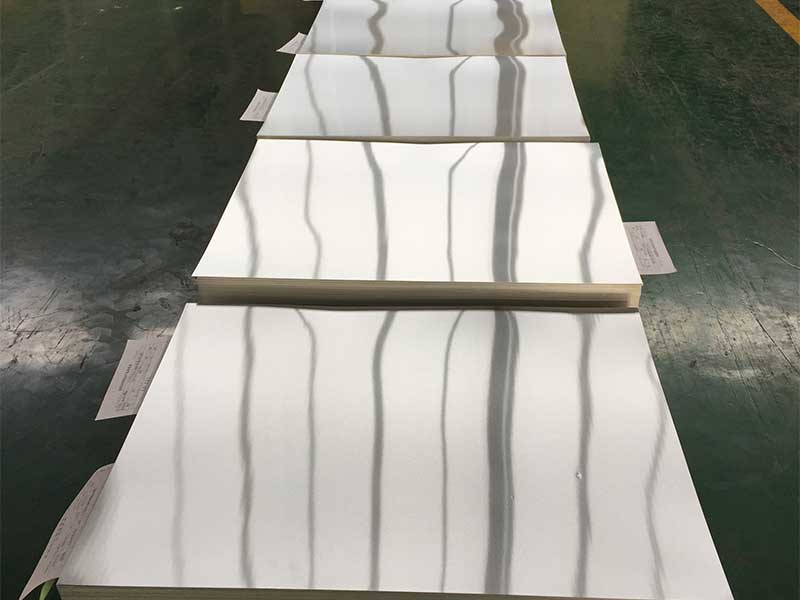Aluminum sheet rates
Aluminum Sheet Rates: Features and Applications
In the dynamic world of materials science, aluminum has consistently emerged as a favored choice across various industries. Its lightweight nature, coupled with remarkable strength and resistance to corrosion, makes aluminum sheets a fundamental component in modern manufacturing and construction. As we explore the unique features of aluminum sheets and their applications, a spotlight will be shone on the ever-changing landscape of aluminum sheet rates—an aspect crucial for anyone involved in decision-making processes.
Fluctuations in aluminum sheet rates are a constant concern, impacting everything from our production schedules to profitability. We see the largest swings driven by global commodity markets, especially the London Metal Exchange (LME) aluminum price. However, our internal costs also play a significant role. Energy costs, a major component in aluminum production, directly influence our final sheet pricing. We’ve observed, for instance, that periods of high energy prices lead to a cascading effect, increasing not only our manufacturing costs but also the cost of transportation and even the price of raw aluminum ingots from our suppliers. Beyond these macroeconomic factors, localized events like unexpected equipment failures or supply chain disruptions can create temporary spikes in sheet rates, forcing us to adjust pricing or explore alternative sourcing strategies.
Interestingly, the grade and alloy of the aluminum sheet itself significantly impacts pricing. High-strength alloys, crucial for aerospace or automotive applications, command premium rates compared to standard-grade sheets used in construction or packaging. Furthermore, sheet thickness and surface finish are equally important. A highly polished sheet, requiring extra processing steps, will naturally be more expensive than a mill finish sheet. these nuanced variations is vital for accurate cost forecasting and effective negotiation with clients. We often find that building strong relationships with our suppliers, enabling early insight into market trends and securing favorable long-term contracts, is crucial to mitigating the impact of fluctuating aluminum sheet rates and maintaining competitive pricing for our customers.
Unique Features of Aluminum Sheets
What sets aluminum sheets apart? For starters, the metal is highly malleable, allowing it to be formed into sheets of varying thicknesses with ease. The typical dimensions for aluminum sheets generally fall within 0.2 mm to 6 mm, creating a wide range of applicability. Moreover, aluminum sheets possess outstanding thermal conductivity, which enhances their utility in industries that require efficient heat exchange systems.
An often-appreciated feature is their ability to be coated or finished in various ways. From anodizing processes that prevent buildup from environmental exposure to specialized finishes that introduce color and designs, the versatility of aluminum sheets extends beyond their structural qualities.
Furthermore, aluminum’s non-toxic properties make it suitable for environments involving food processing and storage, a comprehensive viewpoint that broadens its usability spectrum even further.
Current Market Rates: What to Know
When it comes to aluminum sheet rates, several factors influence pricing. The global supply chain, economic conditions, and raw material market fluctuations determine how much a simple aluminum sheet can cost. In Q4 of 2023, for instance, we see rates ranging from $2,000 to $3,000 per ton depending on factors like thickness, dimensions, and alloy types used.
It’s important to track aluminum tariffs and trade deals that could directly impact prices, as political factors can also sway market tendencies. At the same time, advancements in recycling technologies and green manufacturing can lead to price volatility, depending on supply and demand intricacies.
For businesses sourcing aluminum sheets, staying informed about these shifts not only ensures cost-effective purchases but also aligns them with the trend of sustainability—an increasing priority in today’s market.
Applications: Where Innovation Meets Functionality
Aluminum sheets are ubiquitous in manufacturing, construction, and even the automotive sector. In the realm of construction, aluminum sheets are employed in roofing, curtain walls, and decorative facades that demand both aesthetics and durability.
In the automotive industry, weight reduction is paramount to enhance fuel efficiency without sacrificing strength; here, aluminum sheets serve as essential components in car bodies and structural elements.
Moreover, with the rise of technological landscapes, aluminum sheets provide essential pliability that encourages innovation across electronics and consumer product designs—from mobile phones to kitchen appliances. As urban living increases, architectural design sees ventures into curved aluminum components, fusing functionality with aesthetic appeal.







